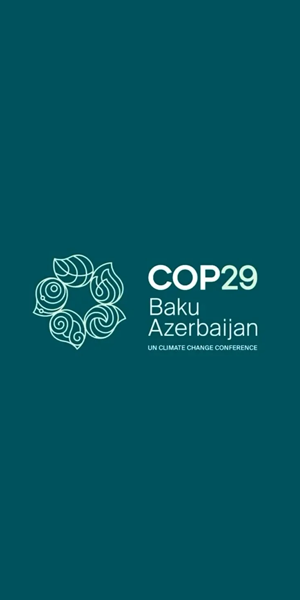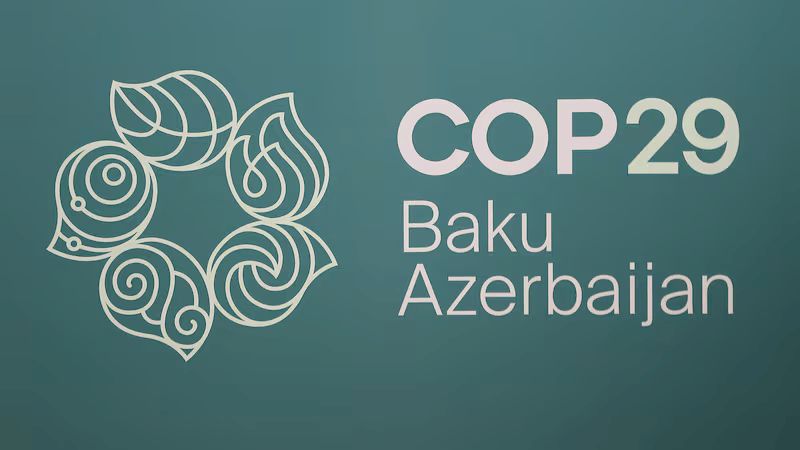
By Wesley Langat
Following prolonged droughts and insufficient pastures in Arid and Semi Arid Lands (ASAL) areas, pastoralist communities are frequently faced with acute shortage of water and pastures.
Joseph Kiptilyo, 35 years old from Mukutan village in Baringo/Lakipia West county, accompanied by his wife Esther and two children, travel for 15 kilometers daily to Kajunge dam in search of water and pastures.
Droughts and diminishing pastures in the area as a result of drastic change in weather pattern, has become a great challenge to the pastoralists.
“We don’t have anything else to do, children don’t go to school we all go out looking after the cattle as well as looking for water to drink“ Mercy said. The only water source in the area is Kajunge Dam.
“Unlike five years ago, water has become scarce; we sometimes spend five days looking for water. Some of our animals have died since we don’t have enough pastures” William regretted.
A report on Kenya Climate change Profile for 2015 shows that 28 droughts have been recorded in the past 100 years at an increasing frequency with the most severe in ASALs. In addition, the United Nation Environment Programme (UNEP) estimates that environmental vulnerability cost Kenya 40% of its GDP.
Joseph has been queuing for water with his animals for four hours. The area has not received enough rainfall for the past two years. Pokots, Turkanas and Samburus compete for little remaining grazing fields and diminishing water.
Joseph, peered into the dam holding his chin with despair with all his hope bestowed on the water in dam.“This is the only water we are relying on, if it will not rain in the next two months; it will be a big problem for us. We only hope God will bring us back the rain” he lamented.
Drastic change in climate has resulted in increased distances to water point which is the main constraint to water access for livestock. National Drought Management Authority (NDMA) Early Warning Report for September 2015 indicates that Return average grazing distance from water points to grazing areas has been increasing in the past four months to about 12 km during the reporting period compared to 9.57 km recorded in month of August.
The report further attributed the increase in distances to prolong dry seasons.
In Olmoran village Laikipia, most of the pastoralists who migrated into the area admits that the local climate had been changing during the last decade as a result reduced availability of water. “Unlike the past two years, water and pastures have become so scarce, we spent a lot of time looking for water and sometimes animals dies before reaching watering point, rainfall is no longer predictable,”Lopeo added.
“Looking for water has taken a lot of our herd time and its labor demanding, the little water we get is not even clean but we only drink with our animals. We are suffering,” Lopeo said.
Pastoralists livelihood is highly vulnerable to climate change to due limited water where drought have for a long time led to significant loses of animals.
However, frequent droughts caused by climate change have threatened the most important source of pastoralist livelihoods in ASALs areas.
According to Melton Kamau,Hydromete Research Assistant from Center for Training and Integrated Research in ASAL Development, (CETRAD) there is need to construct and rehabilitate the existing dams in order to increase the accessibility of water in the arid lands.
“Water dams should be constructed to help the pastoralists cover dry spell period” Melton said.
Water being one of the most important commodities in dry lands is increasingly becoming scarce due to gradual change in climate. The government has embarked on varied interventions which include sinking borehole and dams constructions in the area.
Ann Waiguru, Cabinet Secretary Ministry of Devolution and Planning during the launch of the Common Programme Framework for Ending Drought Emergencies in Kenya on November 4th 2015 pointed out that the government has put in place strategies for climate change adaptations to supporting communities in dry lands.
“I am happy to report here that the Government is laying emphasis on supporting communities to adapt to climate change. Hence both the mainstreaming of climate change adaptation into county integrated development plans and the Ending Drought Emergencies initiative are part of Kenya’s commitments towards achievement of the UNFCCC goals,” she said.











Kenya – a country whose people from the production of fresh water can be provided with water and food in abundance for 7 years.
If a decision on the production of water, I will come myself, or I managers.
Sincerely, a developer of environmental and economic programs, Victor Rodin.
— — —
Кения – государство, народ которого в результате производства пресной воды можно обеспечить водой и продуктами питания в изобилии в течение 7 лет.
В случае принятия решения о производстве воды, я приеду сам, или пришлю менеджеров.
С уважением, разработчик экологических и экономических программ, Виктор Родин.